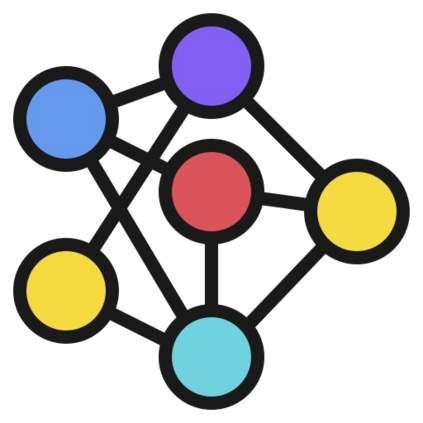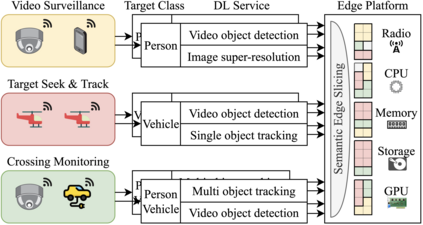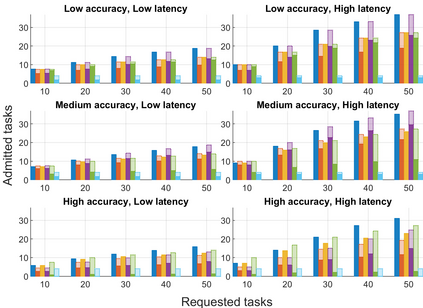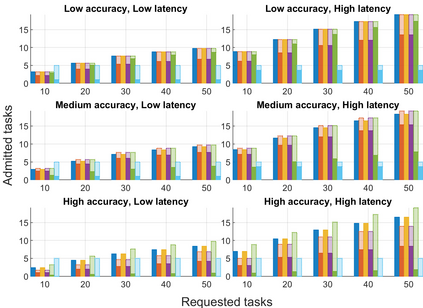5G and beyond cellular networks (NextG) will support the continuous execution of resource-expensive edge-assisted deep learning (DL) tasks. To this end, Radio Access Network (RAN) resources will need to be carefully "sliced" to satisfy heterogeneous application requirements while minimizing RAN usage. Existing slicing frameworks treat each DL task as equal and inflexibly define the resources to assign to each task, which leads to sub-optimal performance. In this paper, we propose SEM-O-RAN, the first semantic and flexible slicing framework for NextG Open RANs. Our key intuition is that different DL classifiers can tolerate different levels of image compression, due to the semantic nature of the target classes. Therefore, compression can be semantically applied so that the networking load can be minimized. Moreover, flexibility allows SEM-O-RAN to consider multiple edge allocations leading to the same task-related performance, which significantly improves system-wide performance as more tasks can be allocated. First, we mathematically formulate the Semantic Flexible Edge Slicing Problem (SF-ESP), demonstrate that it is NP-hard, and provide an approximation algorithm to solve it efficiently. Then, we evaluate the performance of SEM-O-RAN through extensive numerical analysis with state-of-the-art multi-object detection (YOLOX) and image segmentation (BiSeNet V2), as well as real-world experiments on the Colosseum testbed. Our results show that SEM-O-RAN improves the number of allocated tasks by up to 169% with respect to the state of the art.
翻译:5G 和 蜂窝网络 (NextG) 5G 和 蜂窝网络 (NextG) 将支持持续执行资源耗资的边缘辅助深度学习(DL) 任务。 为此, 无线电访问网络 (RAN) 的资源需要谨慎的“ 切除”, 以满足不同应用要求, 同时最小化 RAN 使用 。 现有的剪切框架将每个 DL 任务都视为平等和不灵活地定义分配给每项任务的资源, 从而导致亚于最佳业绩。 在本文中, 我们提议为 NongG 开放 RANs 建立第一个语义和灵活的剪贴切框架。 我们的关键直觉是, 由于目标类的语义性质, 不同的 DL 分类可以容忍不同程度的图像压缩 。 因此, 压缩可以用精度应用精度框架, 以便最小化网络负荷。 此外, SEM- O- RANN 能够考虑导致同一任务业绩的多重边缘分配。 随着更多的任务分配而大大改进整个系统的业绩。 首先, 我们用数学方式将SLEO- 测试- 的图像转换到 。



















